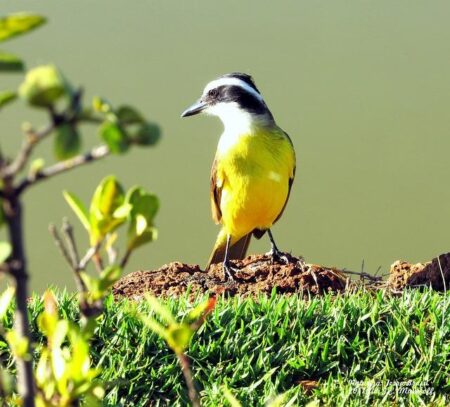Unveiling New Tree Species in Tanzania
In an unusual revelation from the Tanzanian forests,researchers have discovered a previously unknown species of ancient trees,estimated to be approximately 3,000 years old.These towering giants, distinguished by their unique bark and impressive height, were entirely unrecognized until now. The discovery occurred during biodiversity assessments in a secluded region, providing valuable insights into the ecological history of Tanzania and the potential effects of climate change on these ancient habitats.
This significant finding was achieved through a blend of traditional fieldwork and cutting-edge genetic analysis. Notable characteristics of these newly identified tree species include:
- Unique leaf formations that differ markedly from those of known tree varieties.
- Specialized growth habits that allow them to flourish in particular microclimates.
- Critical ecological roles, supporting numerous endemic species that depend on them for shelter and sustenance.
This pioneering research not only enriches our understanding of Tanzania’s biodiversity but also highlights the urgent necessity for conservation initiatives amid escalating environmental challenges. Future efforts will focus on establishing protected zones around these ancient trees to shield them from deforestation and habitat destruction.
Importance of the Discovery: Ecological and Conservation Impact
The identification of new tree species in Tanzania carries significant implications for both ecology and conservation strategies. These ancient trees embody a form of biodiversity that has endured through centuries, offering invaluable perspectives on historical climatic conditions and ecosystems. Furthermore, recognizing distinct species underscores the need to safeguard these vital plants‚ÄĒnot just for their survival but also for the diverse habitats they support. They play essential roles within their ecosystems by regulating water cycles,providing refuge,and serving as food sources for various wildlife populations.
This discovery necessitates a reevaluation and enhancement of conservation strategies aimed at protecting these newly recognized species. Potential actions may include:
- Tighter legal protections: Enforcing stricter regulations against deforestation and illegal logging activities.
- Community involvement: Collaborating with local communities to promote lasting practices focused on preserving these ancient trees.
- Pursuing ecotourism opportunities: Developing tourism initiatives that emphasize the importance of conserving these unique tree species while generating economic benefits for local communities.
The findings could prompt a reassessment of regional conservation priorities as well. Establishing dedicated conservation areas specifically designed to protect these exceptional trees may not only enhance local biodiversity but also contribute considerably to global efforts against climate change and habitat loss. Below is an overview summarizing potential conservation measures:
| Description | Main Action Item |
|---|---|
| Tighten laws against deforestation practices. | Legal Protection Enhancement |
| Create partnerships with locals promoting sustainable methods. | Community Engagement Initiatives |
| Sustain tourism projects benefiting environmental preservation efforts. | Investment in Ecotourism Development |
Safeguarding Tanzania’s Biodiversity for Future Generations
Tanzania boasts some of Earth’s oldest flora; recent discoveries have revealed what were once thought to be age-old trees are actually new species altogether.This thrilling development not only showcases the unbelievable diversity found within this nation but also emphasizes an urgent call-to-action regarding ecosystem protection efforts.
As researchers continue exploring Tanzania’s rich biological landscape,they unveil more secrets about how such resilient life forms have thrived despite ample environmental changes over millennia.
The urgency surrounding biodiversity preservation grows stronger as threats like deforestation , climate shifts ,and urban expansion loom large .Key initiatives aimed at protecting this unique flora include :
- Local Community Involvement : Engaging residents actively fosters stewardship towards nature.
- Ongoing Research & Documentation : Cataloging plant & animal life enhances understanding & protection measures.
- Establishment Of Protected Areas : Creating national parks/reserves preserves critical habitats.
- Ongoing Research & Documentation : Cataloging plant & animal life enhances understanding & protection measures.
Such proactive measures are crucial if we wish future generations experience firsthand all richness inherent within Tanzanian ecosystems‚ÄĒnot solely due its intrinsic value‚ÄĒbut because they provide essential ecological services too! Investing today ensures tomorrow‚Äôs flourishing natural legacy remains intact!







